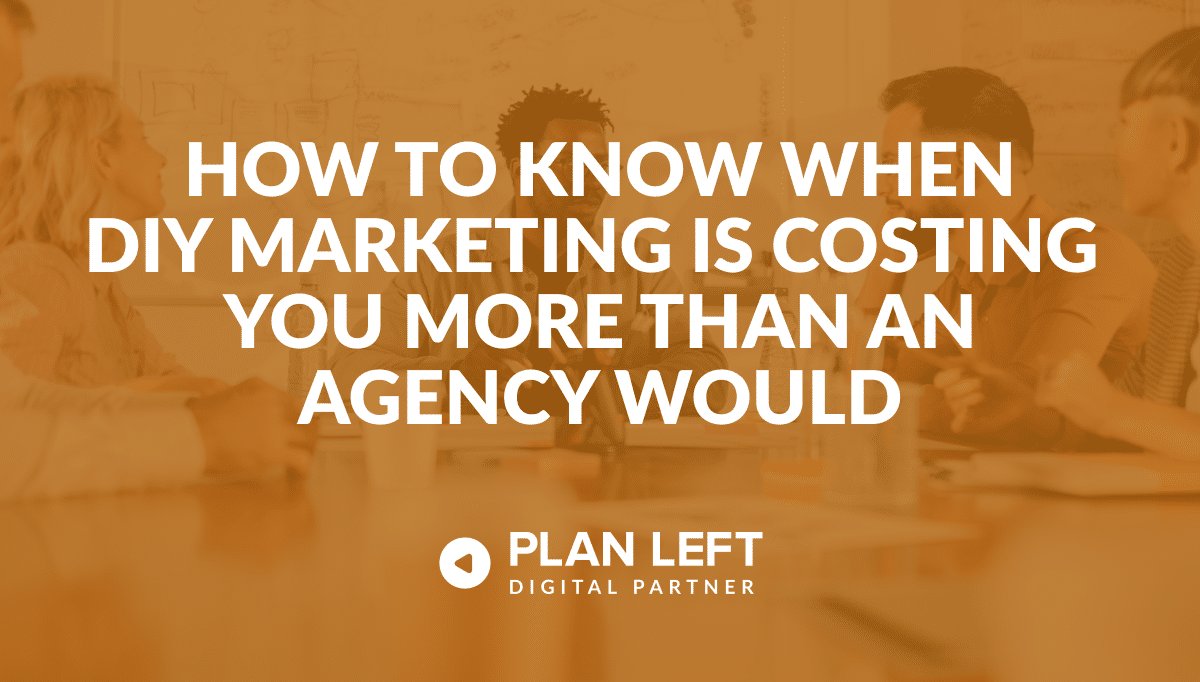
How Often Should You Update Your Buyer Personas?
Updating your buyer personas at least once a year is necessary for maintaining relevance and effectiveness in guiding your marketing and sales strategies. Regular updates align your efforts with your audience’s evolving needs and preferences, preventing misalignment that could hamper your business success.
The Power of Well-Maintained Buyer Personas
Buyer personas are semi-fictional characters that embody the key traits of your ideal customers. These personas help your business better understand and connect with its target audience. According to a study by THM Agency, 44% of B2B marketers use buyer personas to create more effective marketing strategies, and companies that regularly update their buyer personas are 60% more profitable than those that don’t.
Optimal Update Frequency
A Nielsen Norman Group survey found that 46% of UX professionals update their personas every 1-4 years, while 28% update them quarterly or more frequently. This variability underscores the need to customize the update frequency to your business niche.
While the general recommendation is to review and update your buyer personas annually, several factors might necessitate more frequent updates:
- Economic Factors – Economic uncertainties, such as inflation, can lead to significant changes in consumer behavior. For example, during periods of economic instability, consumers may become more frugal and prioritize essential goods over discretionary purchases.
- Technological Advancements – Rapid technological changes, such as the rise of social media shopping (TikTok shop anyone?), have significantly influenced buyer behaviors. For instance, the percentage of consumers comfortable purchasing through social media apps increased from 12% in May 2022 to 41% in early 2023.
- Cultural and Social Shifts – Cultural and social factors, including changes in values and norms, can also drive changes in consumer behavior. For example, there has been a growing trend toward supporting small businesses and companies with strong corporate social responsibility initiatives.
- New Products or Services – Introducing new products or services can significantly impact buyer behavior. Businesses need to stay innovative and responsive to changing customer needs. Regularly assessing your product or service offerings and comparing them to market demands is crucial for staying competitive.
- Location and Income Changes – Changes in your marketing area’s median income or shifts in your business location can affect buyer behaviors. For instance, if the median income in your area increases, consumers might be more willing to spend on premium products. Similarly, a new location might expose your business to a different demographic with unique buying habits.
- Competition Reaching Your Audience – It’s essential to monitor how your competition is connecting with your target audience. They might be using more effective marketing channels, creating more engaging content, or offering better customer experiences. Regularly analyzing your competitors’ strategies can help you identify areas for improvement in your own approach.
- Psychological Factors – Psychological factors, like changes in consumer perceptions and attitudes, can influence buying decisions. For instance, the COVID-19 pandemic led to a shift in consumer beliefs and habits, with many consumers adopting new behaviors like online grocery shopping, which has continued post-pandemic.
- Situational Factors – The layout of a website, user interface, or the timing of a purchase can also affect buyer behavior. These situational influences can lead to short-term changes in how consumers make purchasing decisions.
- Personal Factors – Changes in personal circumstances, such as age, income, and lifestyle, can also impact consumer behavior. For example, younger generations may have different shopping preferences compared to older generations.
Best Practices for Persona Maintenance
By keeping your buyer personas current, your marketing strategies remain relevant and impactful, ultimately driving business success. Remember, the more precise your personas, the better you can serve your audience and achieve your business objectives.
Here are a few best practices:
- Quarterly Reviews: Regularly review key consumer data and trends every quarter.
- Biannual Updates: Refresh your personas with new insights every 3-6 months.
- Annual In-Depth Research: Conduct comprehensive persona research annually.
- Continuous Feedback: Gather ongoing feedback from sales and customer service teams.
Regular updates to your buyer personas enhance your marketing effectiveness and help craft content that resonates with current customer needs. Accurate and up-to-date personas enable better-targeted marketing efforts, leading to higher conversion rates and improved customer satisfaction. According to Data Axle Genie, businesses that exceed lead and revenue goals are 2.4 times more likely to use buyer personas than those that miss these goals.
Explore Latest Posts
The Real ROI of Digital Marketing: 5 Metrics Beyond Clicks That Actually Matter Your marketing agency just sent over this ... read more
January 15, 2026
How to Know When DIY Marketing Is Costing You More Than An Agency Would Every founder starts somewhere, and for ... read more
January 13, 2026
5 Signs Your Business Is Ready to Own Its Marketing (Without an Agency) The default assumption in business is that ... read more
December 31, 2025
Essential Strategies for Entrepreneurs
Get Actionable Business Insights & Marketing Tips
Our newsletter delivers real-world strategies from entrepreneurs who’ve been exactly where you are.
Sign up now for:
- Actionable growth strategies that work
- Insider tactics for attracting top talent
- Real-world case studies from successful founders
- Emerging tech trends that drive innovation
- Pragmatic marketing approaches for visionary leaders




